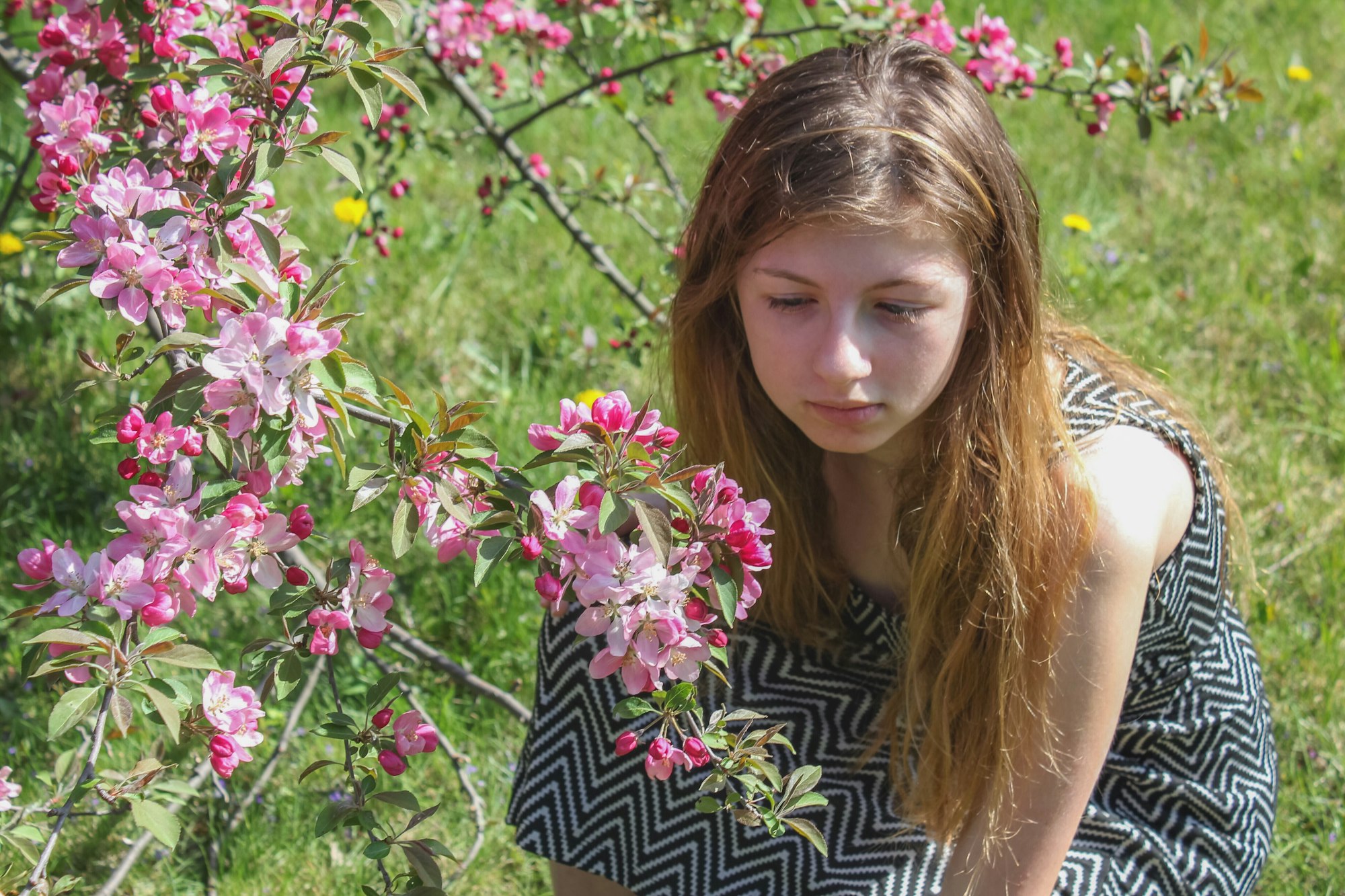Mindfulness is the tried-and-true practice of deepening one’s awareness of the present moment to accept thoughts and feelings for what they are. Many adolescents lack the coping and communication skills needed to manage the stress and often overwhelming emotional episodes they experience. For some, this can become the root of mental health challenges like anxiety or depression. With so many activities and distractions competing for a child’s attention every day, it’s easy to get swept up in intense feelings and intrusive thoughts.
Mindfulness can reliably improve children’s psychological and subjective well-being. When children practice mindfulness, their mental health improves and they notice a positive change in themselves. It can help take some of the power out of big feelings like anger when you and your child stop and give them some space to pass through. It can also help your child improve their baseline moods by recognizing the good things they’re experiencing.
In this article, we’ll discuss mindfulness for kids and share some ways you can make it more engaging and fun.
How do I explain mindfulness to my child?
Sometimes the best way to understand mindfulness is to experience it. Make mindfulness activities more engaging by asking your child what they “notice” or what sensations they’re feeling in their body. Share what you’re noticing too. You might need to give them some ideas the first few times you practice, for instance, by talking through different body sensations or giving them a list of emotion words.
When you and your child are ready to talk about the broader concept of mindfulness, you might tell them that it’s about taking a step back from whatever’s happening to slow down, “be real with yourself,” and calmly notice whatever is happening in your mind and your body. It gets easier to calm down, focus and make good choices when you practice mindfulness often.
6 ways to help your kids learn mindfulness
Start with mindfulness exercises that are more active and sensory-oriented, like mindful eating or exercises that involve movement. Try some of the mindfulness activities with your child that are listed below when they already feel calm, or before they head into a potentially stressful situation. Let them know the idea behind the activity is to be fully present and not worry about anything except what they can see, hear, feel, smell and touch.
Use the following strategies to help your child learn to practice mindfulness:
- Pair breathing and movement together — This can be as simple as raising your arms up while you take a deep breath and letting them float back down as you exhale. You can call them “butterfly breaths.” Another exercise you can try is using one finger to trace up and down each of your fingers, moving up the edge of your thumb first as you breathe in and down the other side as you breathe out. Repeat for five breaths. If you need to keep going, switch to the other hand.
- Use props — Props can give your child something more concrete to focus on while they’re practicing mindfulness. Ring a bell or a chime a few times and listen to the sound fading into silence. Use a toy that expands and contracts to slow the pace of your breathing, like stretching a Slinky as wide as you can and then collapsing it.
- Try visualizations — Engage your child’s imagination with some visual prompts. They could imagine that they’re holding a piece of hot pizza and blowing on it with deep breaths. Or you might ask them to imagine themselves in a calming nature scene like a beach or a field of flowers or describe what their “happy place” might look like.
- Eat mindfully — This one is easy because there’s a good chance you eat with your child every day. When you sit down for a meal or a snack, tell your child to eat very slowly and pay attention, as if they’ve never tried this food before. Talk about the taste and texture and what it feels like to chew it. Try to keep a slow pace and stay focused for the rest of the meal.
- Do emotion check-ins — This is a good one to try when you’re transitioning between activities at different times of the day. As you finish up an activity, take a few deep breaths with your child and ask them to notice how they’re feeling before doing something else. Encourage them to use emotion words like excited, relieved, angry or frustrated, and ask them where they notice the feeling in their body.
- Do focus breathing exercises — Breathing exercises are a mindfulness staple. However, for kids, focusing on their breaths with their eyes closed can be hard to do. Try to do focus breathing activities by counting your breaths. You might give your child a hug while you take three deep breaths together. You can help them learn belly breathing by having them lie down and hold a stuffed animal on their belly. Notice together how the stuffed animal goes up and down each time they take a breath.
Mindfulness is an important part of your child’s mental health
At Embrace U, we practice mindfulness with the adolescents in our programs every day. Some are skeptical or unsure in the beginning. However, after trying a variety of different exercises, it becomes a highlight of the day for many of them. Both children and their families notice a change in their moods and behaviors as they spend more time practicing mindfulness every day. It’s one part of their treatment that’s easy to keep practicing for long-lasting benefits after they’ve returned to their regular routines.
We offer comprehensive mental health treatment for adolescents and teens whose mental health symptoms are interfering with their lives at school, at home, or in the community. If you’re ever considering a higher level of mental health treatment for a child in your life, we can help. Contact our team with any questions or to schedule some time to talk.




